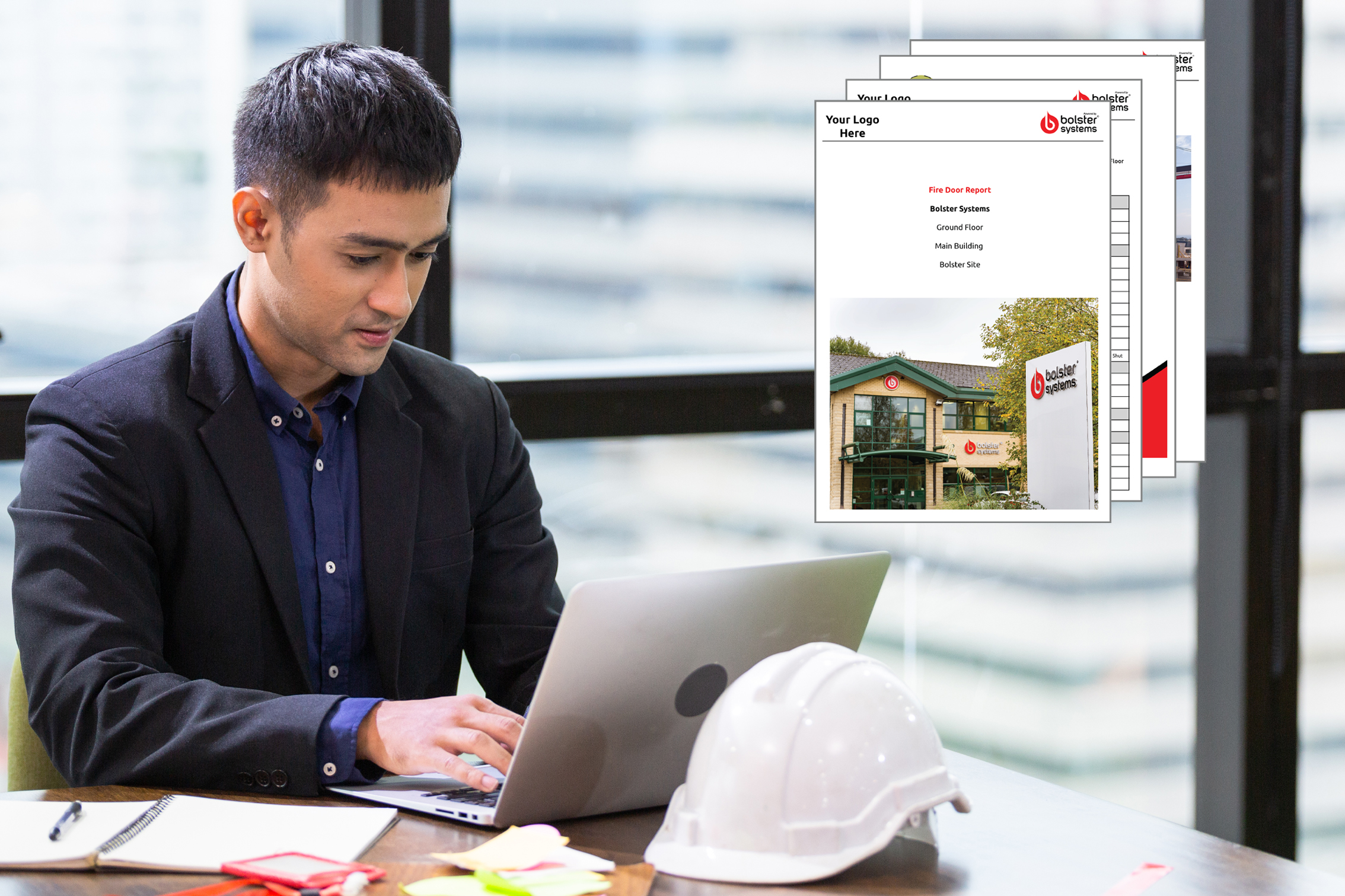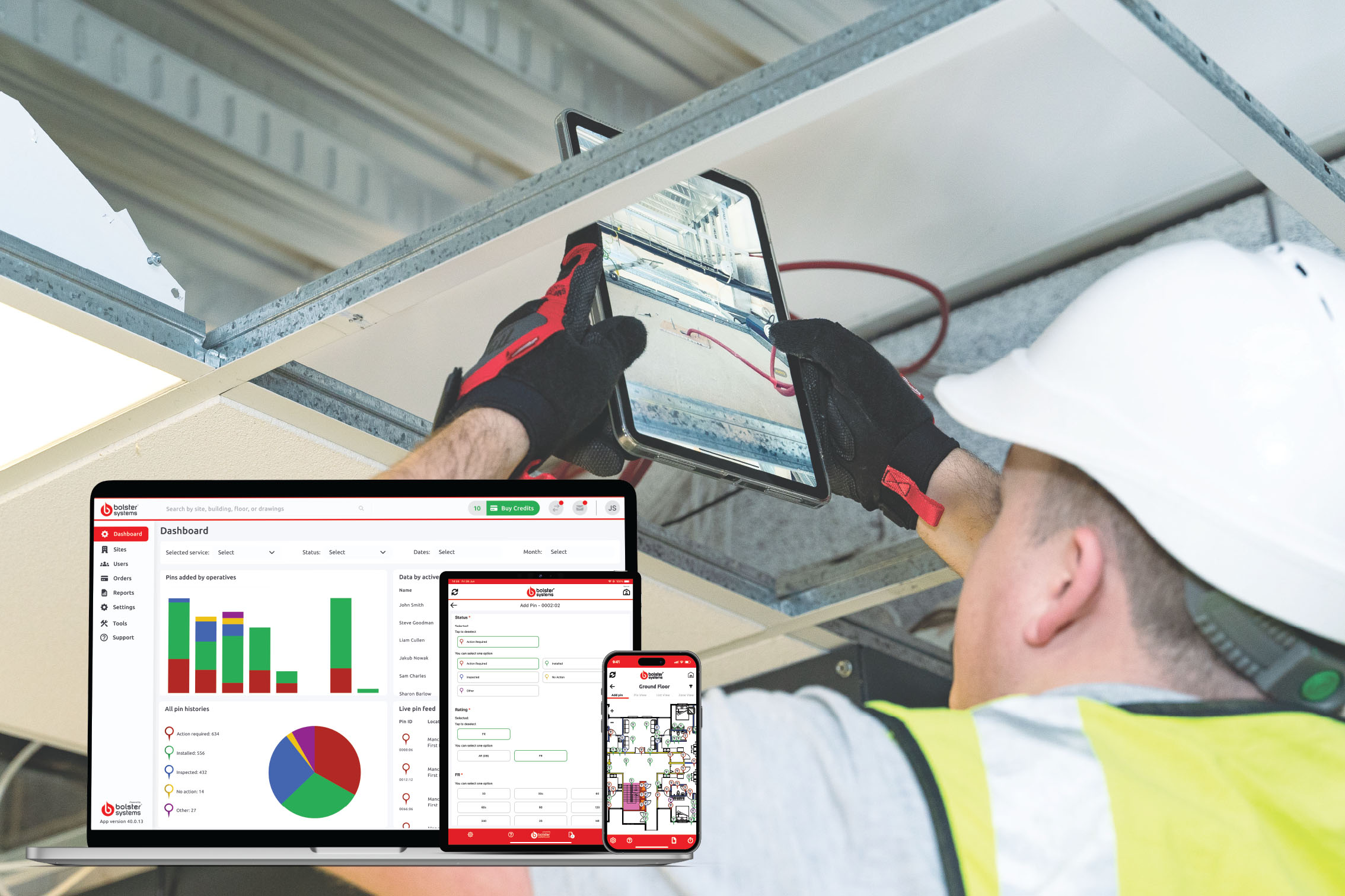What Are the Biggest Risks of Paper-Based Compliance Systems?

Relying on paper-based compliance systems may seem familiar, even dependable. But in modern construction, that familiarity comes at a cost. The risks tied to physical documentation aren’t just about inconvenience, they can impact safety, delay projects, damage reputations, and lead to serious legal exposure.
One of the biggest issues is loss of documentation. Paper records are easily misplaced, damaged, or destroyed. A single missing firestopping certificate or health and safety inspection sheet can trigger a cascade of problems, especially during audits or handover.
Closely linked is the lack of real-time visibility. Paper lives in folders, not dashboards. Site managers and compliance teams can’t see what’s complete or outstanding without chasing people, often across multiple locations. This creates blind spots that allow non-compliance to slip through until it becomes a crisis.
Then there’s human error. Paper-based forms are manually filled out, sometimes rushed, sometimes illegible, and often inconsistent across sites. It’s easy to forget a signature, write down the wrong date, or skip a critical detail. These small errors add up, and when documentation is scrutinised, they become liabilities.
Duplication and inefficiency are constant challenges. Teams often replicate work because previous records are inaccessible or incomplete. Compliance documentation can become a bottleneck, taking up time that should be spent on actual project delivery.
Paper systems also struggle with accountability. When something goes wrong, it’s hard to know who signed off, when, and under what conditions. There’s no audit trail, no version history, no confidence that the information is up to date. This makes defending your work in legal or regulatory situations far more difficult.
Finally, there’s the issue of scalability. As projects grow in size or number, the problems above multiply. What works (barely) on a single site becomes completely unmanageable across a portfolio.
In contrast, digital compliance platforms like Bolster eliminate these risks. Records are captured in real time. Photos, signatures, timestamps, and location data are stored securely in the cloud. Everything is searchable, trackable, and shareable. You don’t have to wonder where a document is or whether it’s complete, you know.
Making the switch isn’t just about being more efficient. It’s about protecting your team, your reputation, and your ability to deliver safe, high-quality work. In an industry where every delay and dispute have a cost, relying on paper is a risk no one can afford.





































